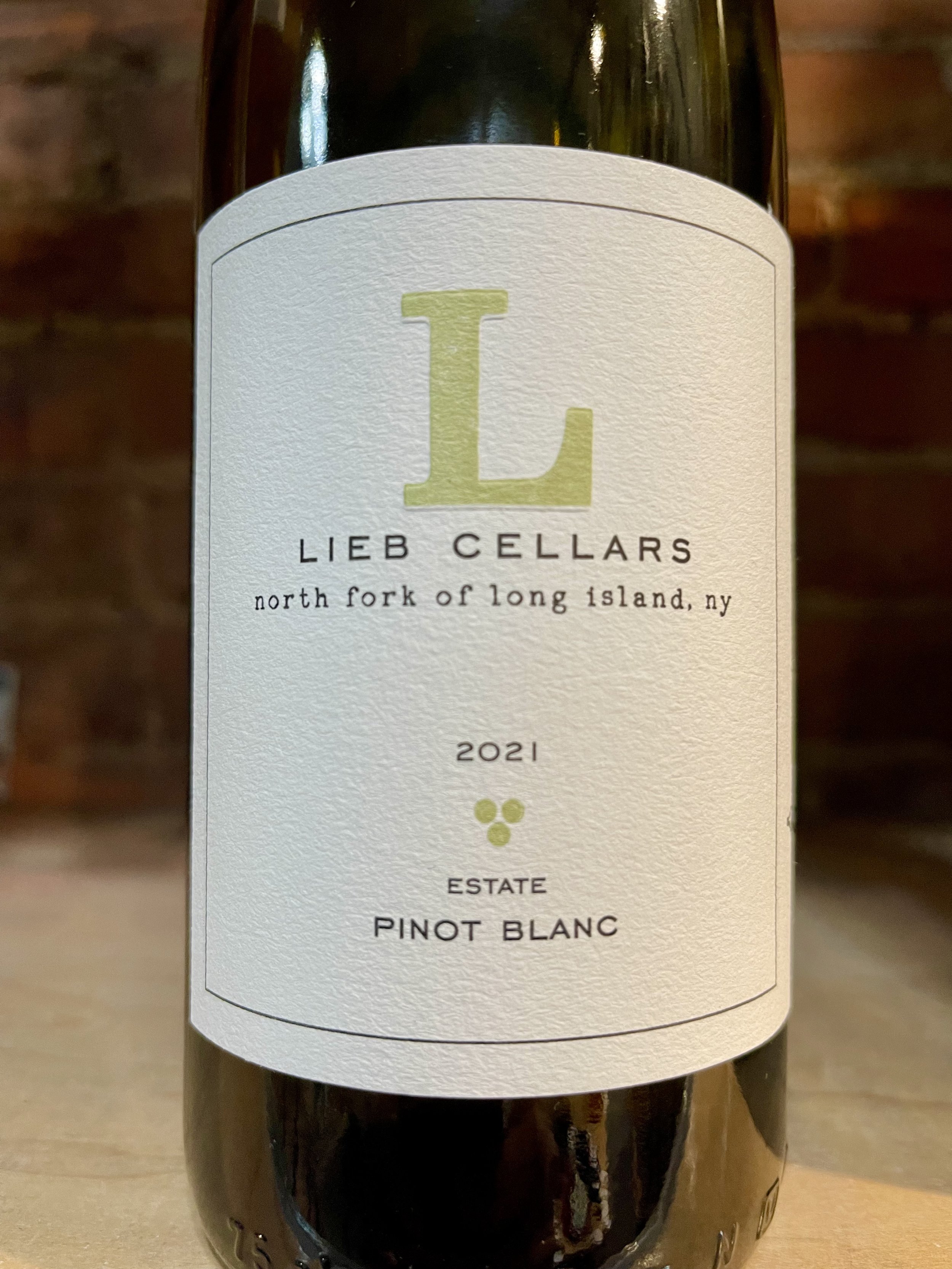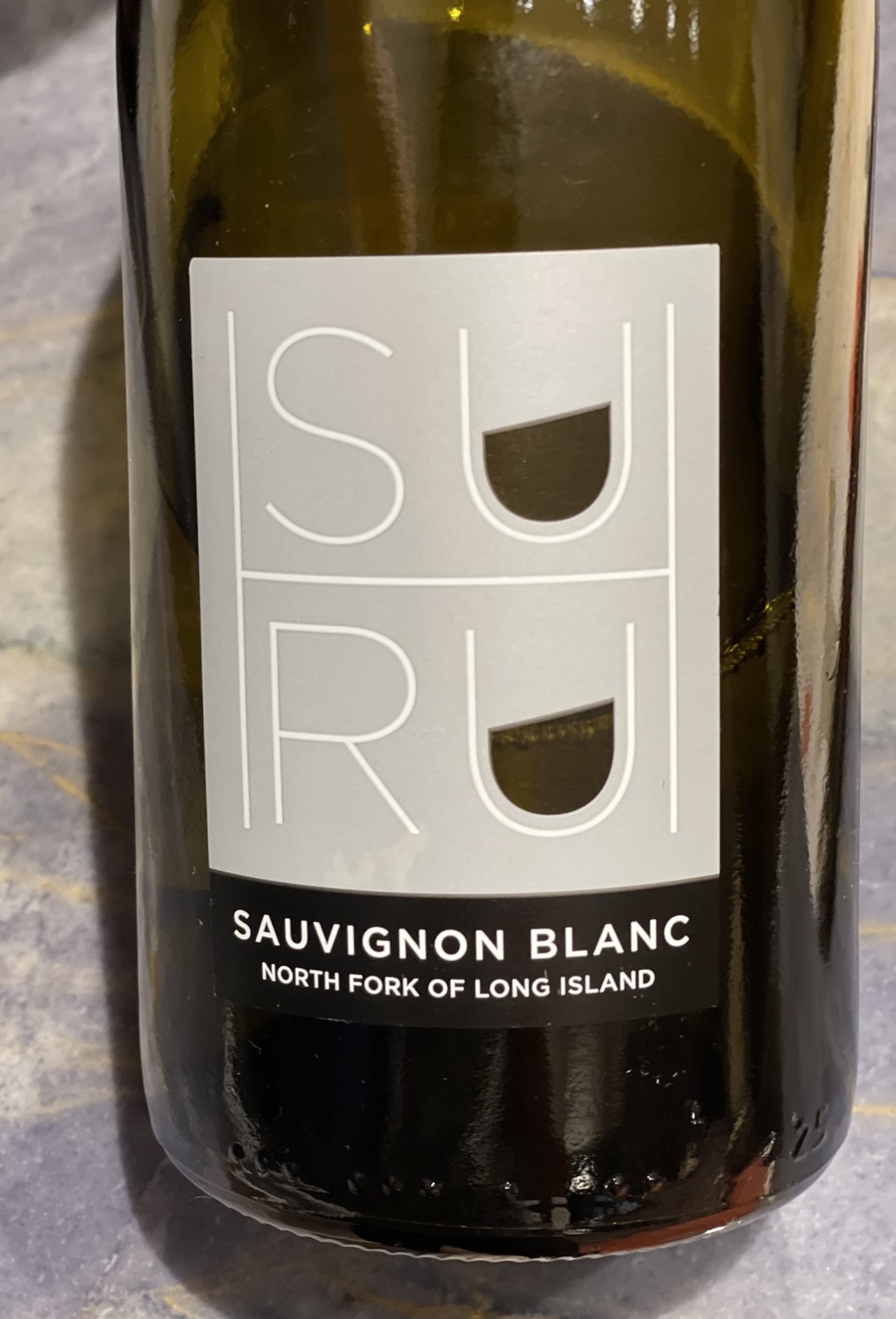The Time Is Ripe For Discovering Long Island Wines
/Did you know that every state in the U.S. produces wine? It’s true. According to WorldPopulation.com’s Wine Production by State 2022, the top three states for wine production are California which produces nearly 85% of the country’s wine, followed by Washington State, with 5.053% and New York, with 3.468%. Clearly, California is the hub of the country’s wine industry, but who would’ve thought that New York would come in third, above Oregon even?
Pour New York
There are three main winemaking regions in New York: the Finger Lakes, Long Island, and the Hudson Valley. As a New Yorker, you’d think that bottles from Long Island wine country, only a one to two hour drive away, would frequently appear on my table. Yet I’ll admit that’s not the case. Up until recently, it had been years since I’d consumed a glass of Long Island wine. If a New York wine crossed my lips, most likely it came from the Finger Lakes region of upstate New York, whose wines I had always found to be fresher and livelier than their Long Island siblings.
Yet recently I was sent an array of Long Island wines to sample, and I have to say, I was impressed. It seems that Long Island, a relatively new wine appellation, is quickly get a footing on what works best in its unique terroir—not bad for a mere 50 years of wine growing. In comparison, the French region of Burgundy has had nearly 700 years to get things right!
The region’s vineyards are found in both Nassau and Suffolk counties, as well as their off-shore islands. Map: New York Wine & Grape Foundation
Happy Vines
Long Island’s wine industry didn’t begin until the 1970s when Alex and Louisa Hargrave planted the first commercial vines on the island’s North Fork. A lot has changed in the five decades since the Hargraves succeeded in producing wine in the humid air of the Atlantic Ocean.
Long Island wine country has grown into one of the most exciting up-and-coming wine regions in the country, with 56 wineries and 38+ tasting rooms. There are three Long Island AVAs: the larger Long Island AVA and two smaller ones at the eastern end of Long Island: North Fork of Long Island AVA, where most of the region’s wineries are located, and The Hamptons, Long Island AVA where a few more wineries reside.
Harvest Time at Onabay Vineyards. Photo: Long Island Wines
As it turns out, Long Island’s moderate climate and glacial soils can give rise, with the right care, to fresh and aromatic wines. The maritime influence of the Long Island Sound to the north, the Atlantic Ocean on the east and south, and the Great Peconic Bay in the middle helps prevent extreme temperatures. The water’s cooling breezes temper the heat of summer and the cold of winter. Freezing temperatures don’t arrive until deep into November, giving wine grapes plenty of time to fully ripen. Additionally, the region’s well-draining soils of sand, loam, clay and gravel provide the right amount of nurture for grapevines, as well as many other crops such as corn, potatoes, spinach and brussels sprouts.
Long Island = Wine and More
One of the best times of year to visit Long Island wineries is in the fall; the crowds have thinned, the summer humidity gives way to cool crisp air and the leaves are changing into their beautiful autumn colors. The wineries, buzzing with harvest activities, extend a warm welcome to visitors, and many are open seven days a week for tours and wine tastings.
In addition to wine tasting, there’s so much else to do in the region. Visitors can meander along the country roads, stopping to take in the dazzling waterfront properties, colorful farm stands, quaint shops, art galleries and museums, and trendy restaurants and breweries. For those interested in outdoor adventures, there are biking and horseback riding trails, as well as all kinds of maritime activities like fishing, boating, or simply taking a long walk along one of the east coast’s most beautiful beaches.
Curious to learn more about Long Island wines? Here is a brief primer.
White wines are typically made from Sauvignon Blanc, Chenin Blanc, Chardonnay and a few other varieties. They offer a crisp and mineral flavor profile with strong aromatics—perfect for pairing with the local seafood and fresh vegetables, or with pasta and white meats. Excellent examples include Suhru Sauvignon Blanc 2021, Lieb Cellars Pinot Blanc 2021 and Pellegrini Vineyards Chardonnay 2019.
Red wines feature “old-world” grapes such as Cabernet Franc, Cabernet Sauvignon, Merlot. They range from fresh and fruity to full-bodied and powerful. On the lighter, fresher side look for McCall Pinot Noir 2015; for fuller-bodied and more structured reds look for Macari Bergen Road 2015 or Bedell Cabernet Franc 2019.
Rosé isn’t just for summer on Long Island! These versatile wines range from pale and ethereal with mineral notes, like Croteaux Vineyards Merlot 181 rosé, to more deeply colored, medium bodied and fruit forward, such as Paumanouk Dry Rosé 2021. These flavorful rosés can be paired with everything from cheeses and salads, to pasta and grilled chicken, fish and meat dishes.
Sparkling wines range from youthful and exuberant wines that are perfect aperitifs for brunch, like RGNY Sparkling Riesling Scielo 2020, to longer-aged, fuller-bodied wines, such as Sparkling Pointe Topaz Impérial Rosé, that can easily go with a variety of rich foods from truffled pastas to oily fish.
For more information about the terrific wines of Long Island, visit liwines.com.

































